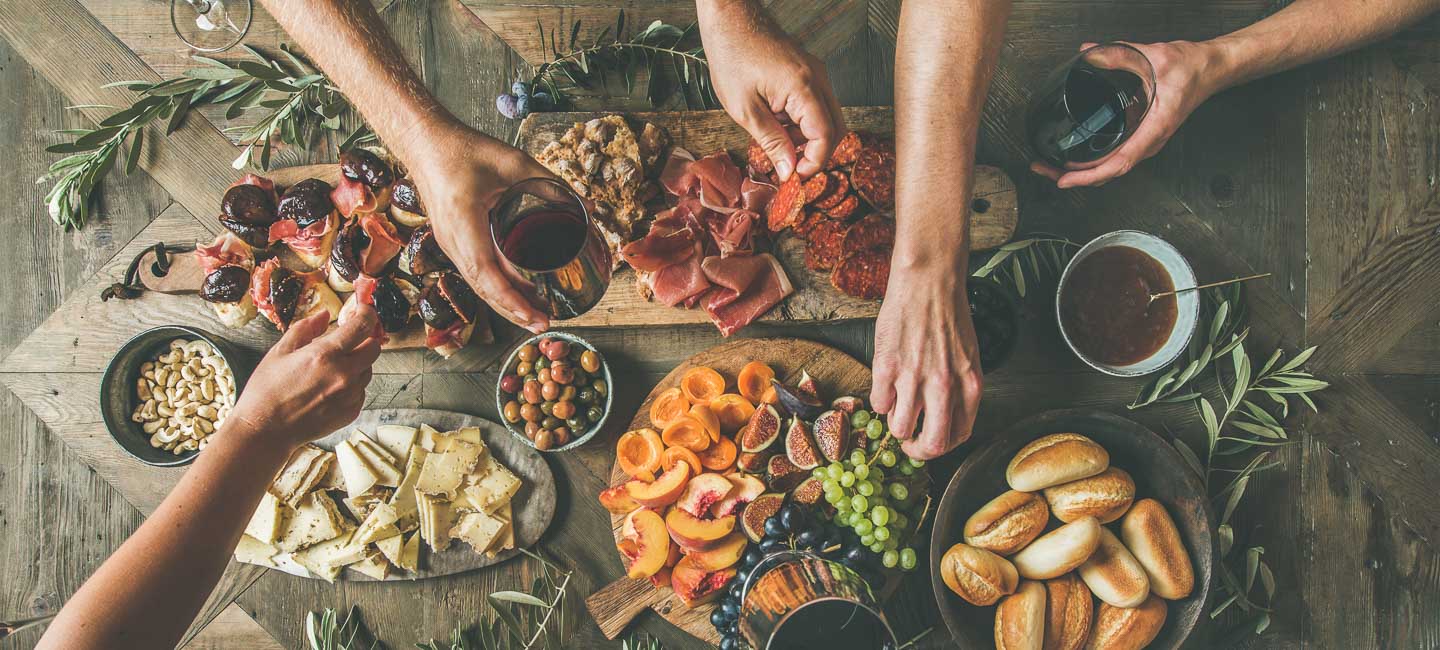Should Your Parties Include Probiotics?
Planning a dinner party or an informal celebration for a holiday or special event? Even if you have plenty of menu planning experience, you might be considering something new, such as incorporating prebiotics and probiotics into your food selections. With a little thought and planning you’ll have healthy, attractive and delicious options that appeal to a broad range of guests.
Many of life’s celebrations center on food, and it’s natural to want to serve food that adds joy to these occasions. Healthy menu planning need not be stressful, nor is it difficult to include probiotics in your food offerings.
You may wonder exactly what probiotics and prebiotics are. Simply put, probiotics are the “friendly bacteria” or “good bacteria” that are important for healthy immune function. Prebiotics “feed” the probiotics and allow probiotics to thrive within our systems. Probiotics and prebiotics are present in some foods, and they also come in supplement form.
Moffitt researchers are among the scientists studying the complex interactions between the human microbiome (the collection of microorganisms residing in parts of the human body, such as the digestive system) and the immune system. More diverse microbiomes are believed to help people maintain good health, and scientists are working to understand how prebiotics and probiotics may play a role in cancer development and treatment. Moffitt researchers advise that the U.S. Food and Drug Administration has not yet approved any health claims for probiotics (in foods or in supplements).
And although probiotics are considered safe for most people, they should be used with caution or avoided in some patients, including those who are immunocompromised. More study is needed to establish standard diet and supplement recommendations for probiotics consumption and use.
Easy menu selections, adaptable for a holiday dinner or special event party.
For those wishing to include probiotics and prebiotics into their menu options, the following ideas should work well for almost any celebration. A variety of these options will provide both probiotics and prebiotic fiber. With a little planning, your dinner or special party can include food that is easy to prepare, healthy and appealing.
Appetizers: Pass around an assortment of unsalted nuts (raw or dry roasted), along with a yogurt-based dip served with crunchy veggies.
Arrange a tray of assorted cheeses with whole grain crackers. Some, but not all, cheeses contain probiotics. Read the food labels to be sure the cheese contains live and active cultures. Aged cheese varieties, such as cheddar, Gouda and provolone, provide a source of lactic acid bacteria and probiotics.
Soup: If you opt for a soup course with dinner or as part of a light lunch, try something like miso soup. To preserve the live bacteria, be sure you don’t overheat the soup.
Condiments: Place some fermented foods, such as pickles, brine-cured olives, sauerkraut and kimchee in decorative bowls.
Salads: Serve a crisp salad with a choice of homemade yogurt-based dressing or one made with apple-cider vinegar.
Side dishes: Offer steamed asparagus, beans or peas, along with whole grains, such as brown rice or whole wheat bread.
Breakfast: For overnight guests, as well as your own household, dress up some oatmeal or muesli with berries and bananas.


